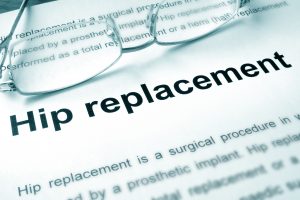Last week I wrote a timeline on the key events surrounding the failure of the Depuy ASR artificial hip. Today I want to take a similar look at the Depuy Pinnacle artificial hip. The Pinnacle was supposed to be the ASR’s more active and athletic brother. But it didn’t turn out that way.
1995: Study on Metal-on-Metal Hips Released

For all metal-on-metal artificial hips, we have to start with the central question: what did the manufacturer know, and when did the manufacturer know it? In 1995, Dr. Graham Isaac released a short paper discussing the problems with metal-on-metal (MoM) artificial hips. Dr. Isaac explained that the performance of MoM hip implants was “unpredictable,” that the hips may work well for some time “before suffering catastrophic breakdown . . . accompanied by a release of a large volume of debris.” This paper and Depuy’s other internal documents suggest that Depuy Orthopaedics should have known about the metal-on-metal risk factors in 1995. In fact, one doctor noted that Depuy needed “to be cautious of the legal/litigation issues and lawyers, etc…perception of metal debris and metal-ion release.” That’s not good.
 North Carolina Product Liability Lawyer Blog
North Carolina Product Liability Lawyer Blog









